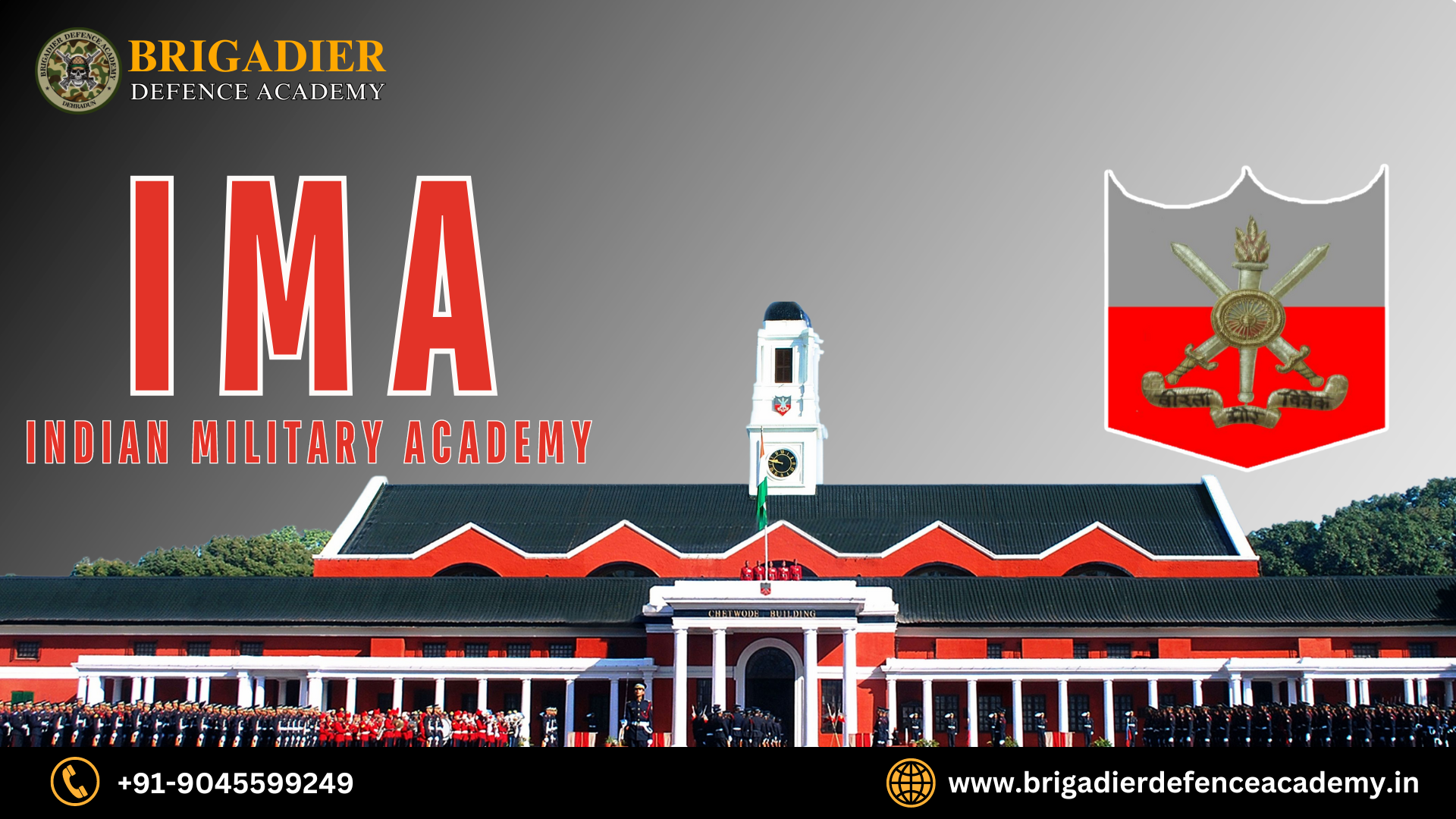From Tradition to Triumph: Exploring the Enduring Legacy of the Indian Military Academy
Introduction
Nestled in the scenic hills of Dehradun, India, lies an institution that has shaped generations of leaders and warriors. The Indian Military Academy (IMA) stands as a testament to the nation’s commitment to producing officers of exceptional caliber. Established in 1932, the academy has evolved over the decades, blending tradition with modernity to become a crucible of leadership excellence. In this article, we delve into the rich tapestry of the IMA’s legacy, tracing its journey from its humble beginnings to its current status as a cornerstone of India’s defense establishment.
Founding and Early Years of Indian Military Academy
The roots of the Indian Military Academy can be traced back to the recommendations of the Sandhurst Committee in 1919, which emphasized the need for a dedicated training institution for Indian officers. Following this, the Royal Military Academy at Sandhurst, UK, began training Indian cadets. However, the desire for an indigenous academy grew stronger, leading to the establishment of the IMA in 1932.
Initially located at the historic Fort St George in Chennai, the academy was later shifted to its present location in Dehradun in 1934. From its inception, the IMA embodied the spirit of camaraderie, discipline, and sacrifice, instilling these values in its cadets who would go on to serve the nation with distinction.
World War II and Beyond
The outbreak of World War II tested the mettle of the IMA and its cadets. Many alumni of the academy played pivotal roles in the conflict, displaying courage and resilience on the battlefields of Europe, Africa, and Asia. The war also underscored the importance of rigorous training and preparedness, reaffirming the significance of institutions like the IMA in shaping military leadership.
In the post-independence era, the academy adapted to the changing geopolitical landscape, expanding its curriculum to encompass a wide range of military disciplines. From conventional warfare to counterinsurgency operations, the IMA remained at the forefront of military education, equipping its graduates with the skills needed to confront evolving threats.
Transformation and Modernization
Over the years, the Indian Military Academy has undergone significant transformation, embracing technological advancements and contemporary teaching methodologies. The introduction of computer-aided simulations, live-fire exercises, and leadership seminars has enhanced the training experience, ensuring that cadets are prepared to tackle the challenges of 21st-century warfare.
Moreover, the academy has placed a renewed emphasis on ethics, values, and human rights, recognizing the importance of moral leadership in the armed forces. Cadets are not only trained to excel in combat but also to uphold the principles of integrity, respect, and compassion, reflecting the ethos of a modern military.
Impact and Influence
The impact of the Indian Military Academy extends far beyond its hallowed halls. Alumni of the academy have distinguished themselves in various spheres, serving not only in the armed forces but also in politics, diplomacy, business, and academia. Their leadership and dedication have earned them accolades both at home and abroad, further burnishing the reputation of the IMA.
Furthermore, the academy’s international outreach programs have fostered collaboration and camaraderie with foreign militaries, facilitating exchanges of knowledge and best practices. Through joint exercises, training sessions, and cultural exchanges, the IMA has contributed to building bridges of friendship and cooperation across borders.
As we reflect on the journey of the Indian Military Academy, one thing becomes abundantly clear: its legacy is one of resilience, excellence, and service. From its modest beginnings to its current stature as a premier institution of military education, the IMA continues to inspire generations of leaders to uphold the highest ideals of duty, honor, and courage. As India navigates the complexities of the 21st century, the academy remains a beacon of hope and a symbol of national pride, standing ready to forge the next chapter in its illustrious history.







